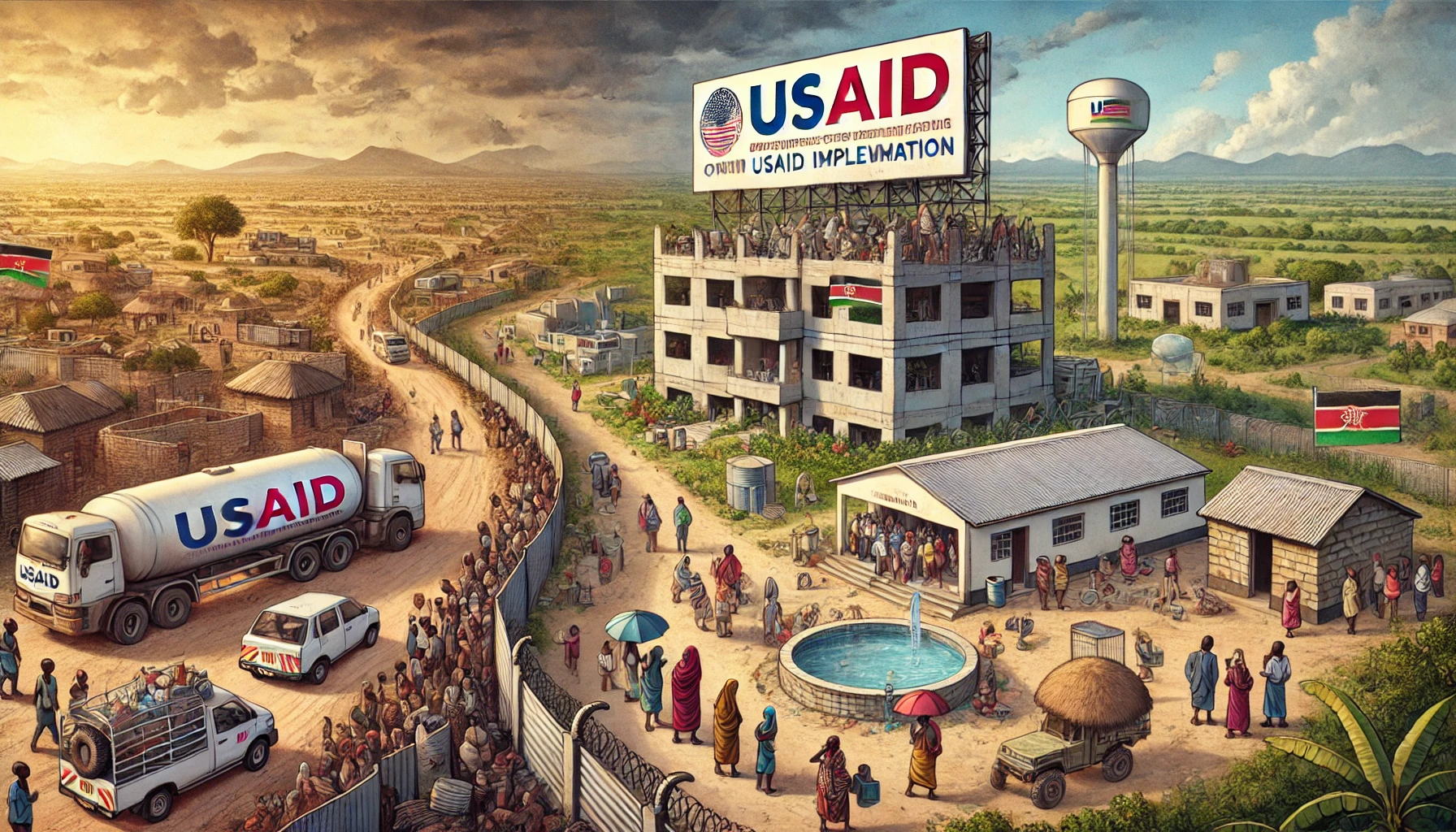Nairobi, Kenya – The suspension of USAID activities in Kenya has left a significant gap in foreign assistance, creating an opportunity for China to expand its influence in the East African nation. While the United States has historically been one of Kenya’s largest development partners, recent funding cuts and shifts in policy have slowed USAID-backed projects. In contrast, China is ramping up its investments, particularly in infrastructure, trade, and economic development.
China’s Expanding Footprint in Kenya
China has long been a major player in Kenya’s economic landscape, largely through the Belt and Road Initiative (BRI). Notably, the Standard Gauge Railway (SGR), which connects Mombasa and Nairobi, was financed through a $3.6 billion loan from China’s Export-Import Bank. The railway has significantly boosted trade and transport efficiency but has also raised concerns over Kenya’s rising debt burden.
Beyond infrastructure, Chinese businesses are making significant inroads in Kenya’s retail sector. The rapid expansion of China Square, a retail giant offering Chinese-made products at competitive prices, has sparked debate among local business owners. While consumers welcome the affordability, local traders argue that Chinese enterprises are outcompeting them in their own market.
The Impact of USAID’s Withdrawal
USAID has been instrumental in funding healthcare, education, governance, and humanitarian projects in Kenya. The suspension of several programs has already affected vulnerable communities reliant on U.S. aid. While China’s involvement in Kenya is growing, its focus remains largely on infrastructure and economic partnerships rather than direct aid initiatives.
Experts suggest that while China may help fill some of the economic gaps, it is unlikely to fully replace USAID’s contributions in critical social sectors such as public health, democracy promotion, and human rights advocacy.
What’s Next for Kenya?
With the shifting dynamics of international aid, Kenya may have to diversify its partnerships to compensate for the USAID funding gap. The government could look to other global partners or increase domestic resource mobilization to sustain key development programs.
While China’s financial backing offers economic growth opportunities, analysts caution that Kenya must strike a balance between foreign investment and sustainable development to avoid long-term debt dependency.
For more updates on Kenya’s economic and foreign policy landscape, stay tuned on https://KeleleHub.co.ke.

